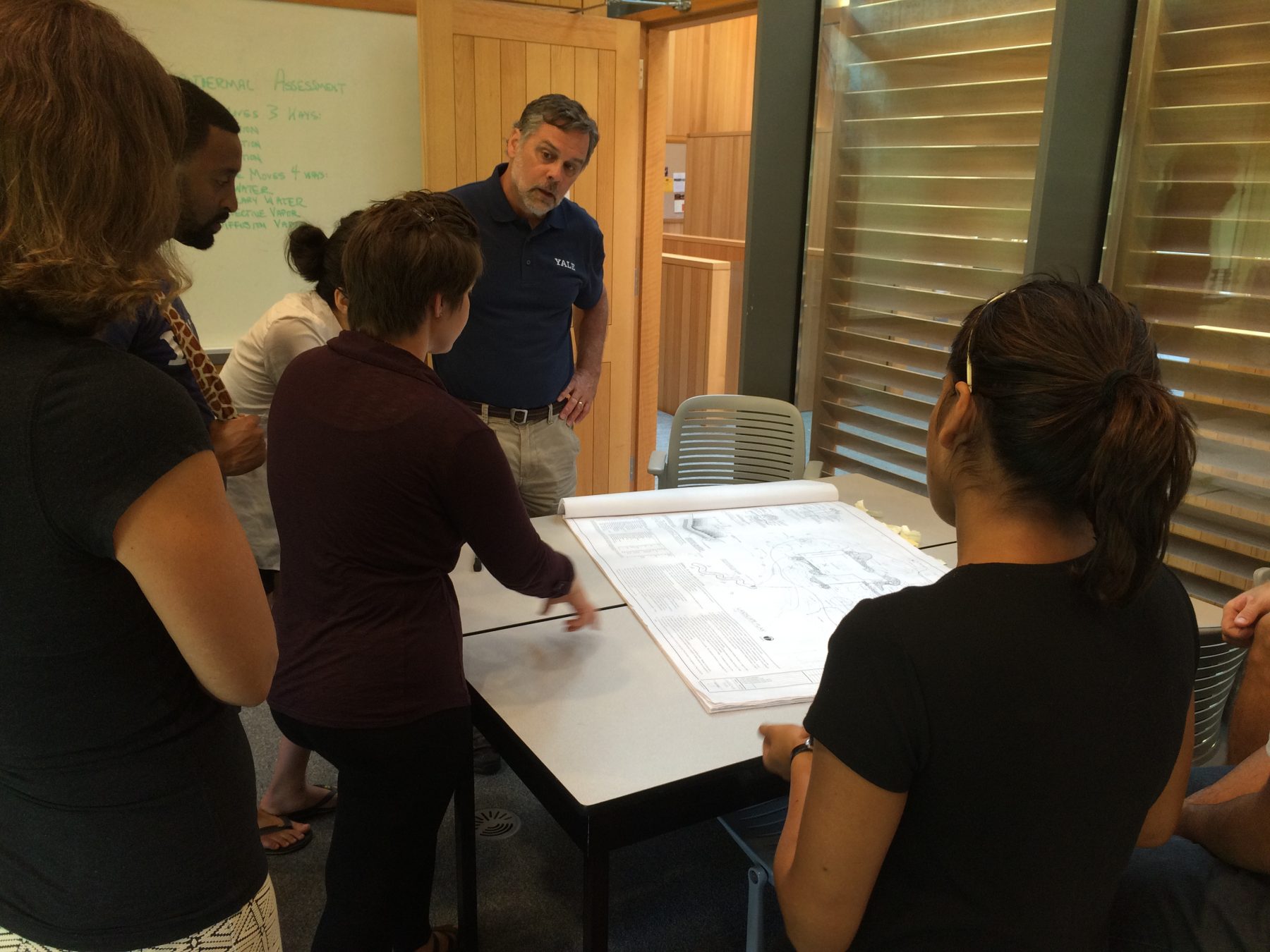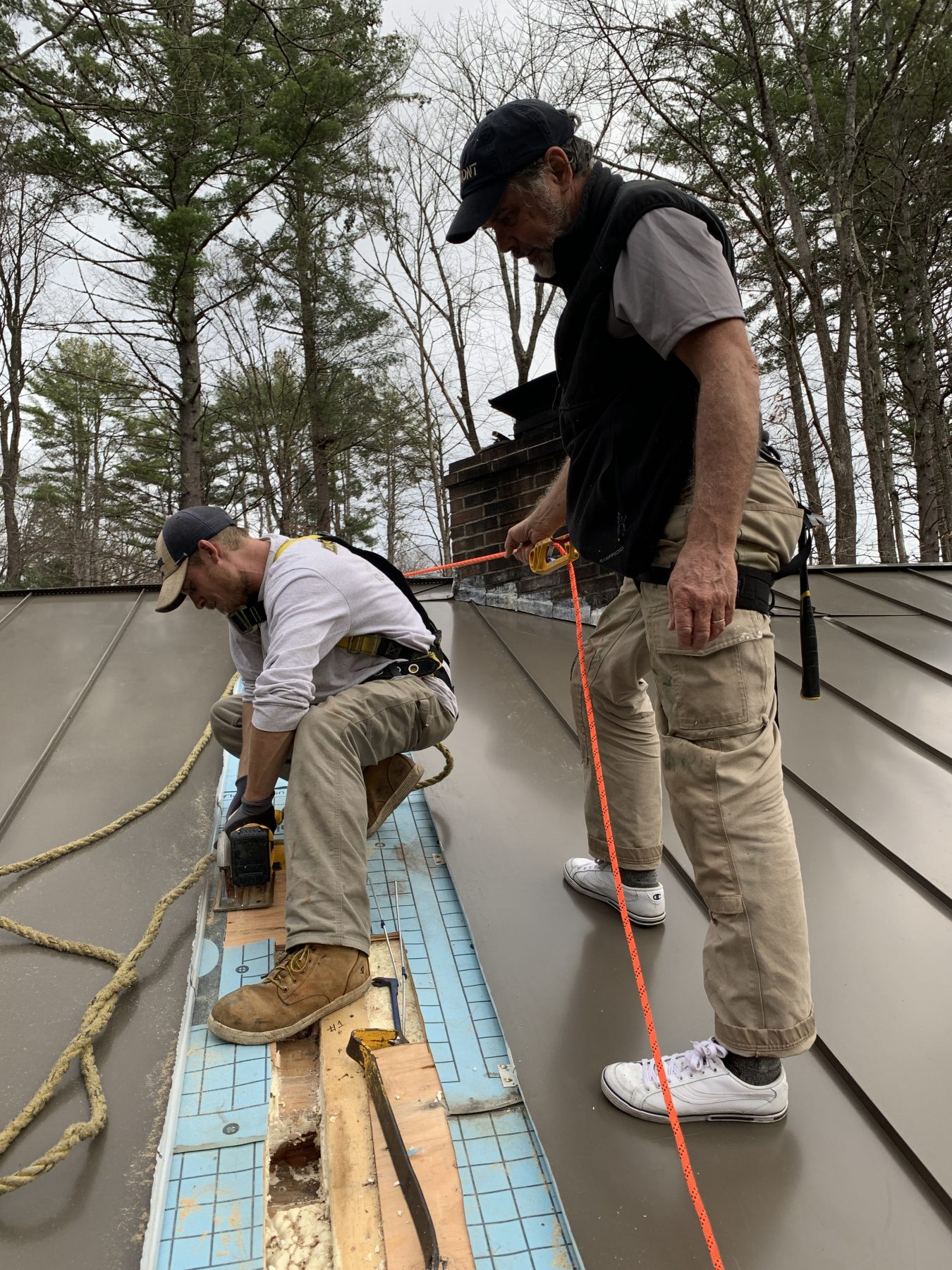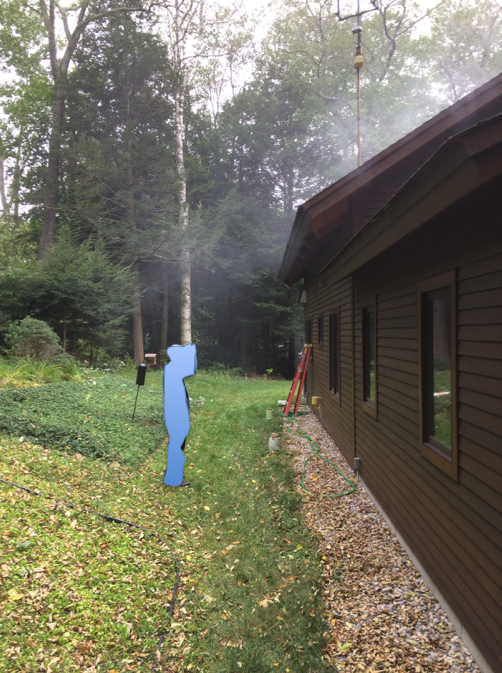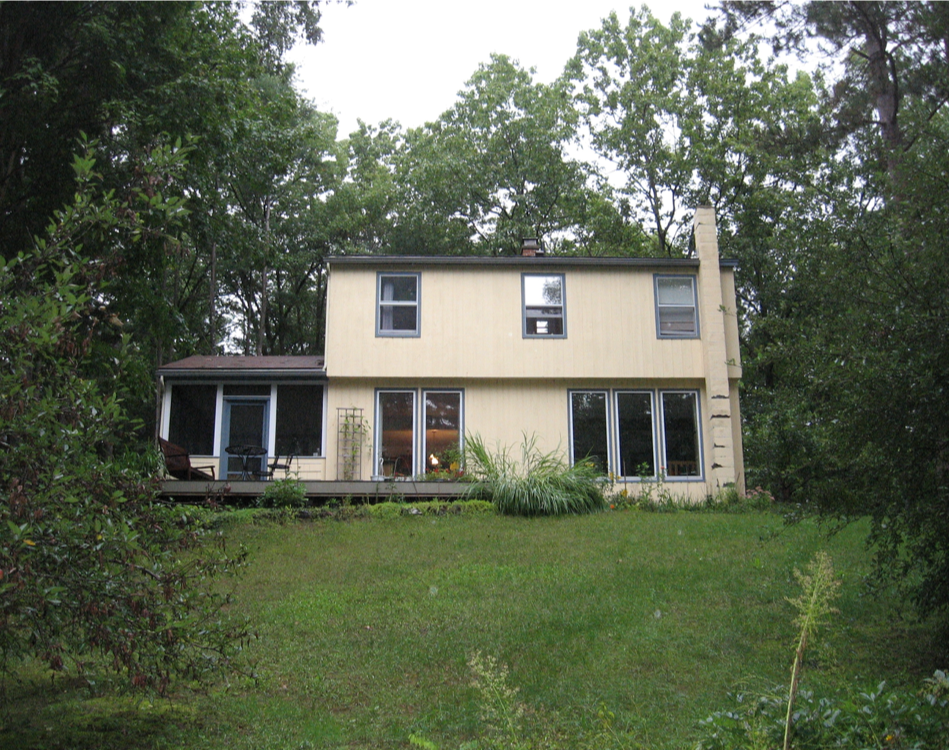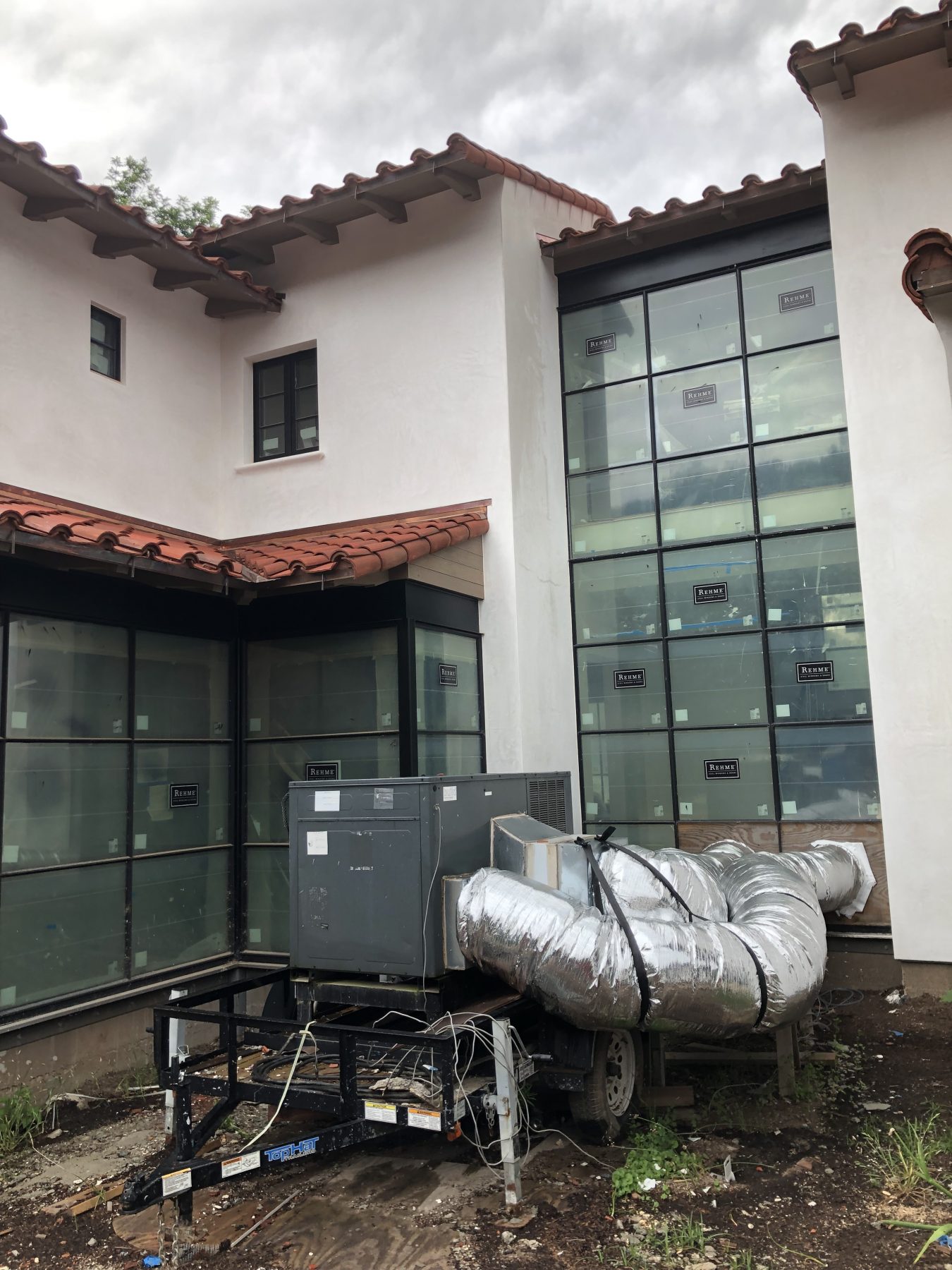Tracking down performance problems is all about getting the building science right–and following the rules of jigsaw puzzles
AUTHOR’S NOTE: This blog was originally published on GreenBuildingAdvisor in October 2016 and recently posted here because I am doing a new companion blog to this one, posting it soon…
Just about every week, I get a call or an email that turns into a building science puzzle. While the problems are varied, how you solve them doesn’t change.
First, you understand how heat and moisture move through building assemblies. Second, you follow the advice of your spouse.
My wife of 27 years is a real master at jigsaw puzzles, and she would laugh to learn that I think of myself as a puzzle master of any sort, since I am useless at the jigsaw ones. But she completely agrees that I should use her method of solving jigsaw puzzles in my work on building science problems.
Here is the dovetail between her jigsaw and my building science puzzling.
Step 1: Assume nothing
- Jigsaw: Make sure you have all the puzzle pieces.
- Building Science: Make sure you have all of the information you need about the building and the problem.
It’s almost funny how hard it can be to get folks to provide complete information; many want to stay focused on the expression of the problem and not “waste time” on full context. The easiest way to get the puzzle wrong is to “solve” it without all the pieces.
Step 2: Establish boundaries
- Jigsaw: Separate out all the edge pieces and assemble them to complete the puzzle border.
- Building Science: Use the complete information on the building to establish boundary conditions.
This means separating out elements of the building that pertain to the problem at hand. Sometimes this is about collecting measurements or doing inspections to complete the “edges” of the building science problem at hand.
Can you imagine doing a jigsaw puzzle while blindfolded? Surprisingly, I have completed quite a few building science puzzles without ever visiting the project. I can only do this when I have confidence in the client’s abilities and willingness to send lots of images and accurate measurements.
Step 3: Find patterns
- Jigsaw: Group interior puzzle pieces by colors and patterns.
- Building Science: Use the puzzle clues to characterize heat and moisture flows.
Invariably, the client wants to focus on the spot where the moisture problem is being expressed. But you need to start with finding the source of the moisture. The pattern of the moisture expression can be linked to the wetting mechanism — bulk water, wicking, air leaks, or diffusion. The pattern could be visual or based on multiple measurements.
Step 4: Zoom out
- Jigsaw: Flip back and forth from focused detail to big picture puzzling.
- Building Science: Switch between building-level to site- and climate-level considerations.
No matter where you have set the boundary conditions for each project, it’s a good idea to step back and consider what role, if any, the site or climate could play in the building science puzzle.
Step 5: Cheat
- Jigsaw: Use the picture on the box. (It’s not cheating!)
- Building Science: Compare the puzzle at hand to similar puzzles you have solved.
Step 6: Solve so you can savor
- Jigsaw: Savor dropping in that last piece.
- Building Science: The real last piece is finding the source.
It is possible to “solve” the building science puzzle without ever identifying its source. But if that’s your approach, there is always one missing piece at the end, and that should drive you crazy till you drop it in. It’s also what keeps you from being called back days, months, or even years later by a less-than-happy client.
At the house shown in the photo at the top of the page, there were two distinct mold blooms that exactly coincided with uninsulated and un-air-sealed kneewall doors (see Image #2, below). We “solved” the problem of warm, moist air leaking into the attic through these doors during the winter by doing a blower door-guided air-sealing package for the whole home.
But the mold spots in the attic were pretty intense, so I thought I should follow up with the homeowner about interior relative humidity levels during the winter. They intentionally maintain it at about 55%. I was shocked: that’s very high for winter in their climate.
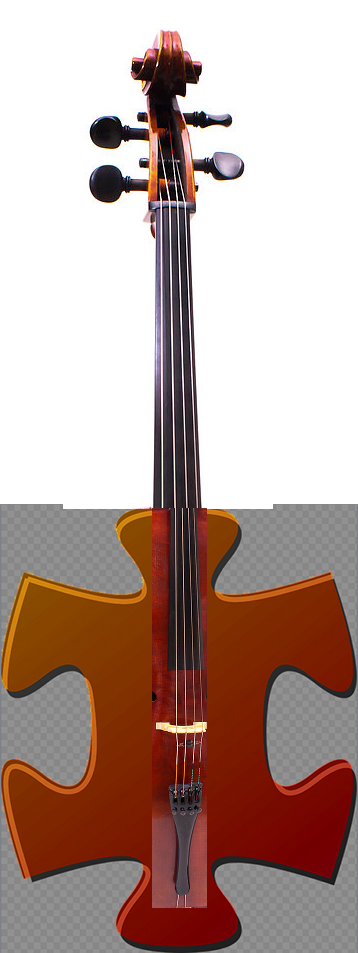
The homeowners, I discovered, are musicians and need to protect their harpsichord and cello through the dry season. Learning the real source of the moisture led to a more thorough conversation about how to protect both their instruments and their home.
I savored fitting that last piece into place.

